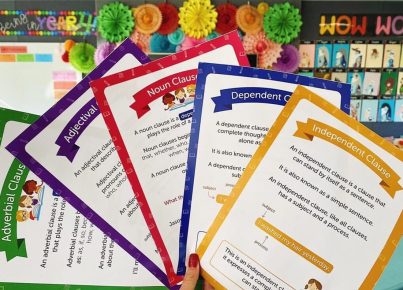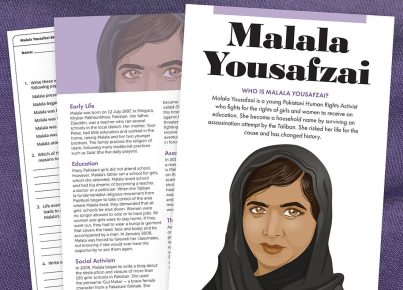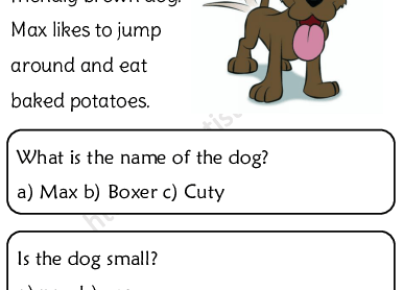Engaging with literature can be one of the most enchanting educational experiences for students of all ages. When it comes to novel studies, the traditional approach of reading and writing book reports has its place, but innovative and interactive activities can enhance comprehension and enjoyment significantly. Whether you’re a teacher looking to spice up your lesson plans or a student eager to dive deeper into your favorite story, these novel study activities are adaptable to any narrative and promise a mix of fun and learning.
1. Character Interviews:
This activity requires students to step into the shoes of characters from the novel. They can work in pairs or small groups to conduct interviews with each other, asking questions that delve into the character’s motivations, feelings, and backstory. This role-play method is a fun way for students to explore character development and practice their improvisation skills.
2. Social Media Simulation:
Imagine if the characters from your novel had access to social media. What would they post? Who would they follow? Students can create social media profiles for characters, complete with status updates, photos, and friend lists. By doing this, they critically analyze characters’ relationships and personalities.
3. Setting Upshop:
Transform part of your classroom into a scene from the novel. This immersive activity encourages students to use textual evidence to accurately depict settings from the story. They could draw maps, build models, or even dress up as characters within that setting.
4. Soundtrack of the Story:
Music has an incredible power to evoke emotions and set a tone. Students can compile a playlist of songs that match the themes, moods, or events of the novel. This not only appeals to auditory learners but also allows for an exploration of how different art forms can intersect.
5. Alternative Endings:
Encourage creativity by having students rewrite the ending of the story or add an additional chapter. This helps them understand narrative structure and consider character arcs in a creative context. Discussions about why they chose their endings can lead to deep analyses of the text.
6. Book Trailer Creation:
In groups or individually, students can create a movie-style trailer for the novel using video editing software or apps. This visual project tasks students with identifying key themes, central conflicts, and important scenes in an engaging multimedia format.
7. Literary Food Fair:
Many stories describe foods that are significant within their narratives. Students can bring in dishes inspired by the novel’s setting or specific scenes in the book for a shared class experience that engages all five senses while fostering camaraderie over shared meals.
8. Debate Club:
Identify controversial or thought-provoking issues within the novel and have students take sides, debating these topics using textual evidence as their arguments. This not only sharpens critical thinking skills but also promotes engagement with societal issues present in literature.
9. Readers’ Theater:
Convert sections of dialogue into scripts for performance in class reading theater sessions. This oral presentation helps students focus on inflection and emotion while drawing attention to authorial choices in dialogue construction.
10. Novel In A Nutshell:
Challenge students to summarize key points of each chapter succinctly—tweet style (in 280 characters or less). The brevity requires them to distill information down to its essence which is excellent practice for identifying main ideas.
These ten activities offer diverse entry points into any literary work, encouraging active participation and thoughtful analysis among readers—making literature studies memorable and exciting!





